Post Conviction Relief
What Is Post Conviction Relief & How Does It Work?
Unlike direct appeals, post-conviction relief acts like a post-trial motion
What Is Post Conviction Relief?
Post-conviction relief is a procedure that allows the defendant in a criminal case to bring more evidence or raise additional issues in a case after a judgment has been made (post-trial).
With valid grounds, post-conviction relief can help you obtain a fair resolution in your case.
Unlike direct appeals, post-conviction relief acts like a post-trial motion. Post conviction relief arguments are filed with the trial court, not an appeals court. In most cases, a post conviction motion is used to address issues that are unclear in the case. Post conviction relief is commonly used after the defendant loses a direct appeal.
If the post conviction relief motion is successful, the judge may grant the petition and order a new trial, modify the sentence, or order some other form of relief for the defendant. In your case, a post-conviction relief may be the key to obtaining a positive resolution and protecting your future opportunities!
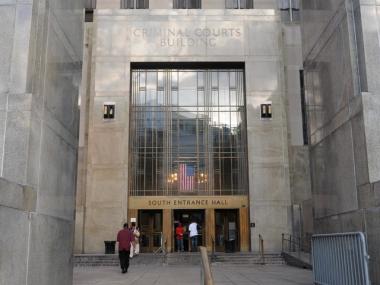
The Post-Conviction Relief Process
Post conviction relief cases usually begin with a reading and investigation of transcripts and other written materials from the court proceedings.
Next, the attorney testifies, at which point the victim may be requested to testify. Unlike appeals proceedings, the petitioner has the right to address the court during a post conviction relief hearing In addition, the victim also has the right to give an impact statement.
Most commonly used post conviction relief evidence and arguments include:
- DNA tests which can prove innocence
- Evidence of perjury or juror misconduct
- Misconduct by the prosecution
- Changes in the law post-verdict
- Ineffective/poor attorney counsel during the case
Types of Post Conviction Relief

All 50 states have provisions in the State Constitution that allow the Governor to grant people convicted of crimes in their state clemency.
Learn more

In its simplest form a writ of habeas corpus requires that a person who is in custody be brought before a judge or court and that they be able to challenge that custody.
Learn more

Florida Rule of Criminal Procedure 3.800(c) provides several ways to challenge a sentence, but one of the most helpful is a motion to reduce sentence.
Learn more

A motion for post-conviction relief pursuant to Rule 3.850 is a collateral attack on a conviction, meaning that something outside of the record in court contributed to the result now being challenged.
Learn more

The New York 440 motion is a collateral attack on a judgment of conviction; it challenges the validity of the conviction itself.
Learn more
Post-Conviction Relief FAQs
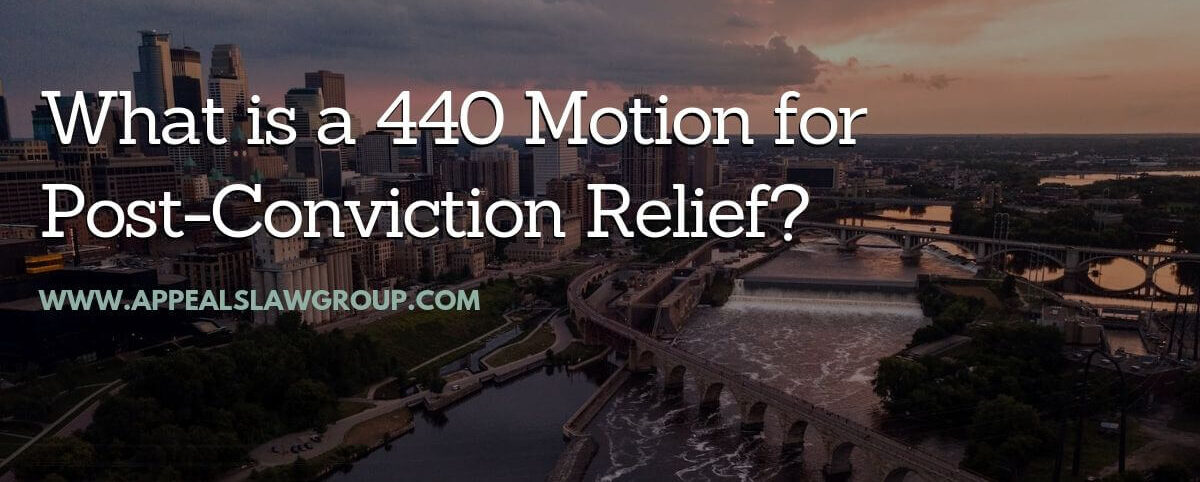
A 440 motion to vacate a criminal conviction is a motion for post-conviction relief pursuant to Article 440 of the New York Criminal Procedure Law.

A 440 motion to vacate a criminal conviction pursuant to Criminal Procedure Law § 440.10 can be made on one or more of the following grounds.
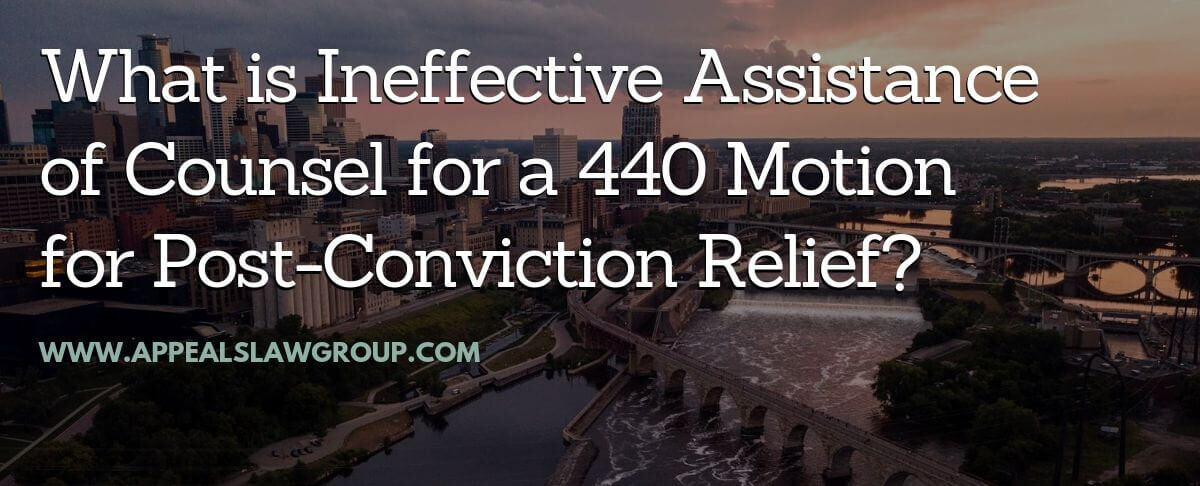
The most common ground for a 440 motion for post conviction relief is ineffective assistance of counsel.
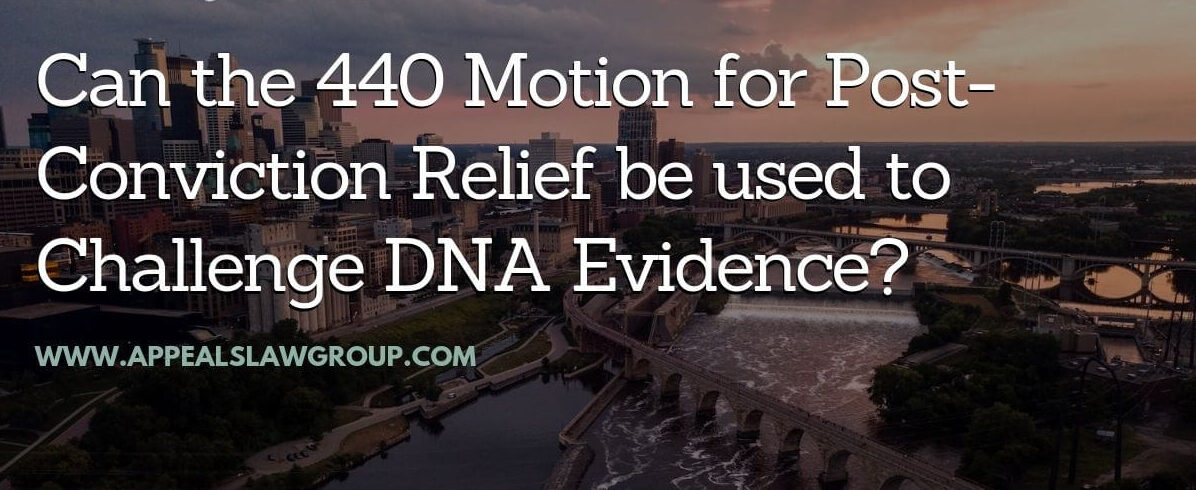
A 440 motion can be used to challenge DNA evidence with new technology, new techniques, or if there was ineffective assistance of counsel, with new expert witness testimony.
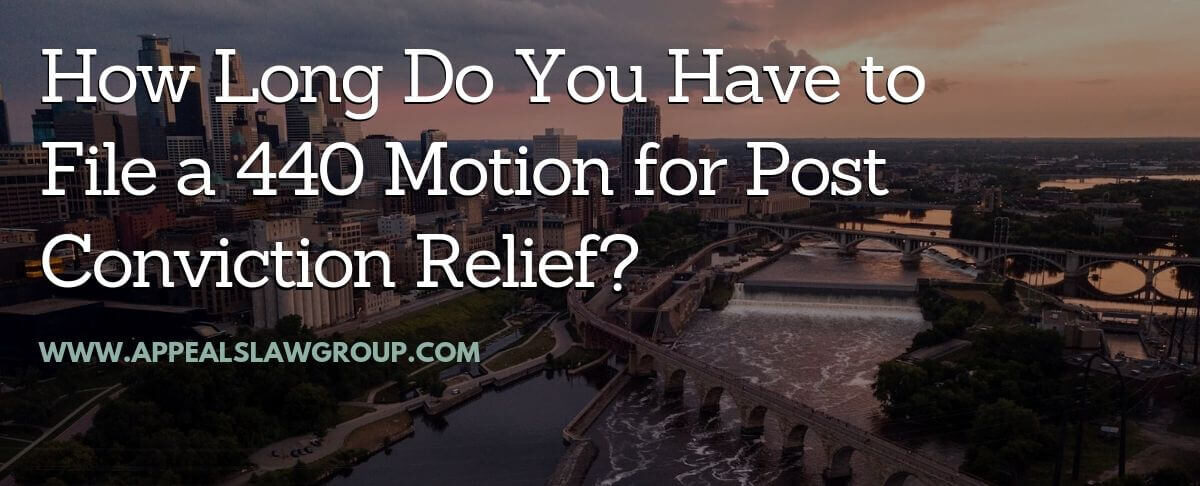
There is no time limit to file a 440 motion for post-conviction relief or statute of limitations. A 440 motion to vacate a conviction can be filed at any time after the Defendant is sentenced, even years later.
Learn more
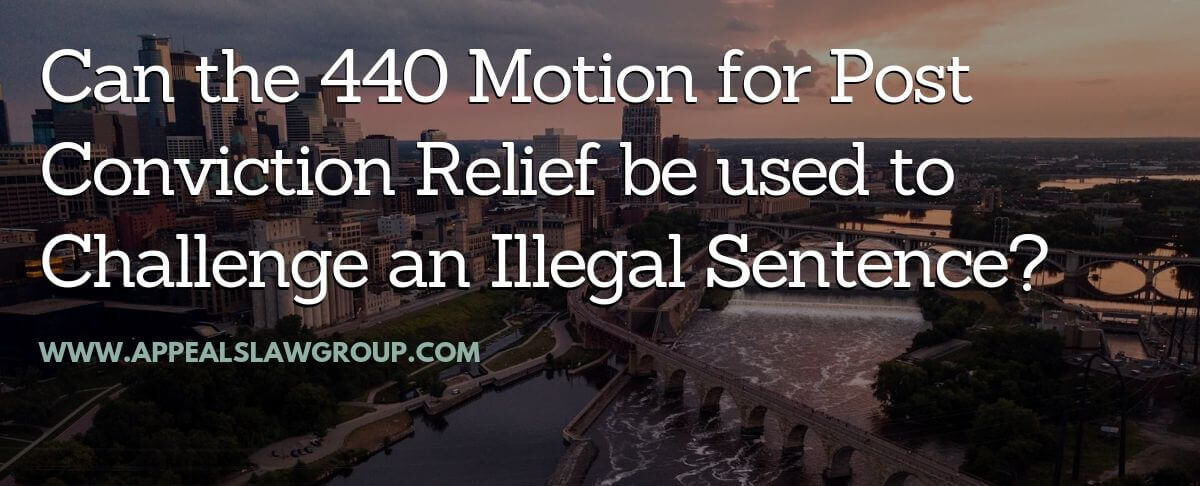
A motion to challenge an illegal sentence can be filed under Criminal Procedure Law § 440.20. If the motion is granted, the court can vacate, or set aside, the original sentence and correct the sentence.
Learn more